You probably know this already, but Venice is a gem – one of a kind, a picture postcard, straight from a movie set. In fact, Venice has the nickname of La Serenissima which translates as ‘most serene,’ meaning that if you get lost in Venice, there are worse things that could happen to you. However, if you need to be somewhere by a certain time, then here’s how to find your way around Venice easily.
The layout of Venice looks like a fish!
The 6 districts (sestieri) of Venice
For those of us who like a visual representation, Venice is shaped like a fish – look at a map of Venice and you’ll instantly see it. The main 6 districts (sestieri) of Venice wrap around the Grand Canal forming the body of the fish.
The main 6 districts (sestiere) of Venice are:
- San Marco – the epicentre of Venice
- Castello – includes the old ship-building sector of the city and hosts the Art Biennale
- Cannaregio – largely residential area and site of the first Jewish ghetto
- Santa Croce – small and relatively untouristy area
- San Polo – the oldest district with some amazing churches and art
- Dorsoduro – home to top art museums, the University and the Zattere
Each of the 6 districts of Venice is a labyrinth of narrow streets (calle), with canals bordered by beautiful old buildings winding through the neighbourhood, which occasionally open onto a square (campo or piazza), perfect for a coffee pitstop and some people watching.
Follow the yellow signs…
When you first visit Venice, if you don’t use a map in the sestieri, then it is likely that you will get lost. However, look for yellow signs on the walls of the main routes through the neighbourhoods which point you in the right direction. Note – they are not extensive, but work for the main points of interest.
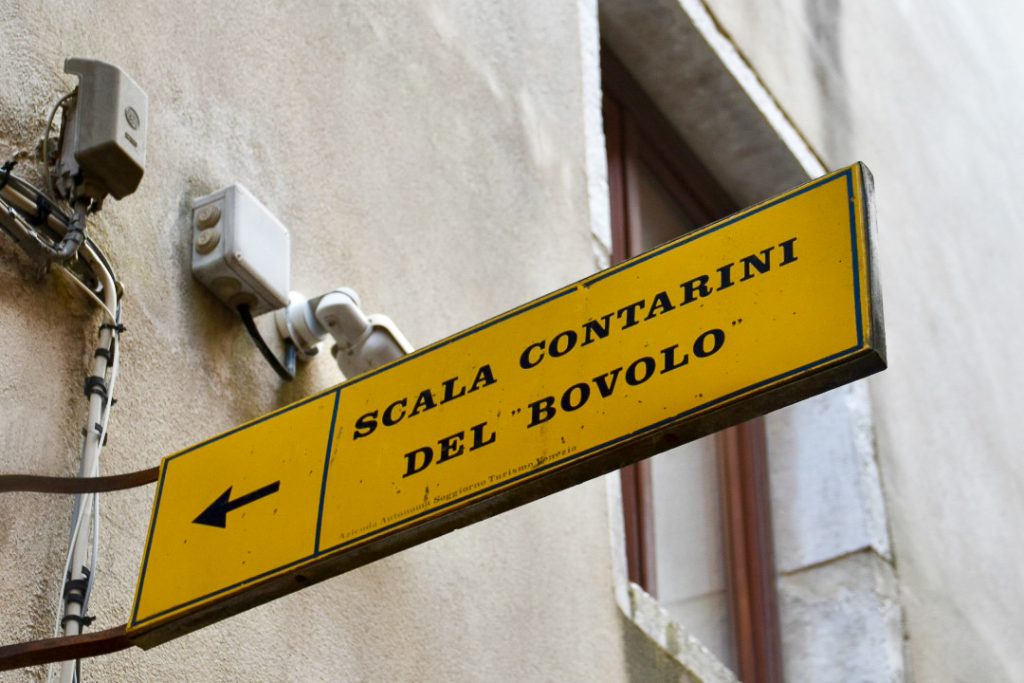
The Lagoon Islands
In total there are 168 islands which make up the wider city of Venice. The islands, other than the main sestieri, are referred to as the Lagoon Islands and include Murano, Burano, Torcello and the Lido.
If you have time on your trip to Venice, then visiting some of the Lagoon islands is a wonderful thing to do. We visited Burano and Murano on a day trip which became a holiday highlight.
Links from Venice to the mainland
Ponte della Liberta (Liberty Bridge) to the north-west, is the only physical link with the mainland, Venezia-Mestre, 2.5 miles away. Liberty Bridge provides vehicular access (cars, trams, and buses) to Piazzale Roma on the edge of Venice.
Piazzale Roma is then connected with the rest of the city by the water bus transport system (see below), or a 30-minute walk to St Mark’s Square.
If you plan to drive to Piazzale Roma, there is a car park, but it is advised to book this on-line at least 24 hours before your date of arrival. Otherwise, leave your car on the mainland and use public transport to travel to Venice.
How best to get around Venice?
Take a vaporetto in Venice
Network of Vaporetti (public water buses)
As a city based on the water, with no cars, then is perhaps of no surprise to learn that boats will be your best friend in Venice, in particular the public water buses, or vaporetti, which operate via an extensive network around the city.
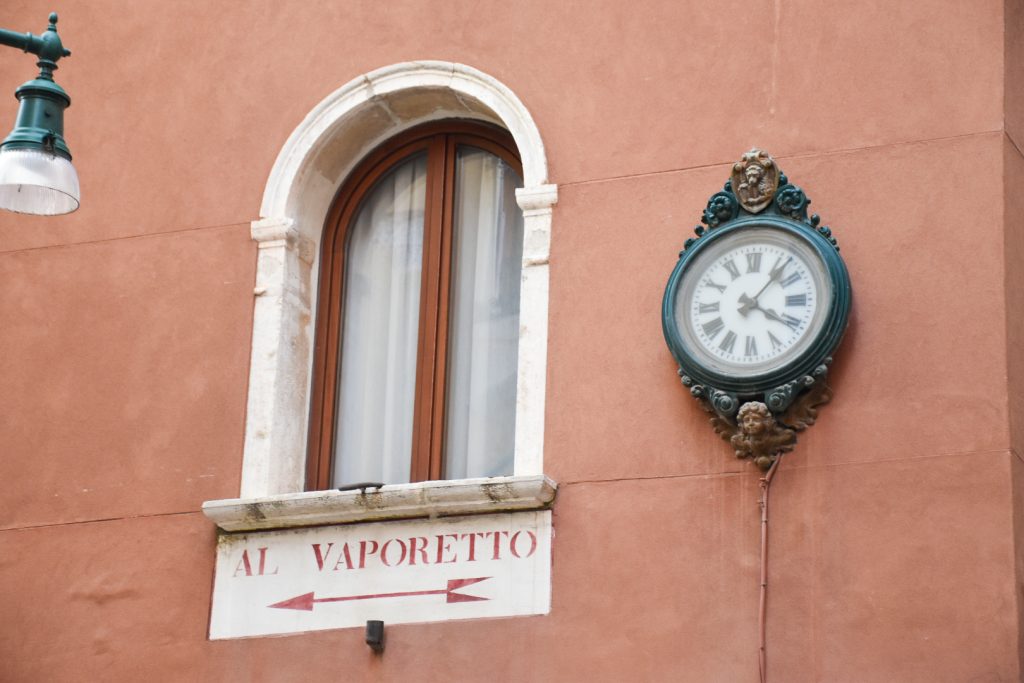
I’ve got to admit that when we first arrived, it took a while to get acquainted with the routes and take a vaporetto in Venice, but once we had, the vaporetti were invaluable. There is a good map of the vaporetto lines at: www.venicepublictransport.it
The vaporetti in Venice arrive regularly, about every 10 minutes or so, and generally run until the early hours of the morning. Sometimes the queues are quite long and so, if you are going anywhere in a hurry, it’s best to factor in some extra time for your journey. We arrived a good 20 minutes early to catch the vaporetto to Murano and Burano, and were at the front of a lengthy queue, but this was in Autumn, so the queues could be much longer in high season.
Paying for vaporetto journeys
You can pay for a single journey (9.5 euros at the time of writing) or buy multi-journey or multi-day tickets, depending on how often you plan to use the vaporetti in Venice.
We were able to ‘tap on and tap off’ using our bank cards to pay (as you would do on the London Underground). Alternatively, you can buy your tickets on-line beforehand. Note – you need to activate your ticket at the machine before you get on the vaporetto.
Crossing the Grand Canal, Venice
Interestingly there are 180 canals in Venice, traversed by 400 bridges, but only 4 bridges which cross over the 4km long Grand Canal. This is why Vaporetto Line 1 and Line 2 are handy, because they travel the length of the Grand Canal, stopping on both sides, therefore allowing you to cross the Grand Canal at points in-between the four bridges.
Private water taxis
If you are short on time, or transporting a lot of luggage, then you might decide to book a private water taxi, however these can be expensive – you are effectively paying more for the convenience of travelling at the exact time you require, and directly from A to B if you are going somewhere specific in a hurray.
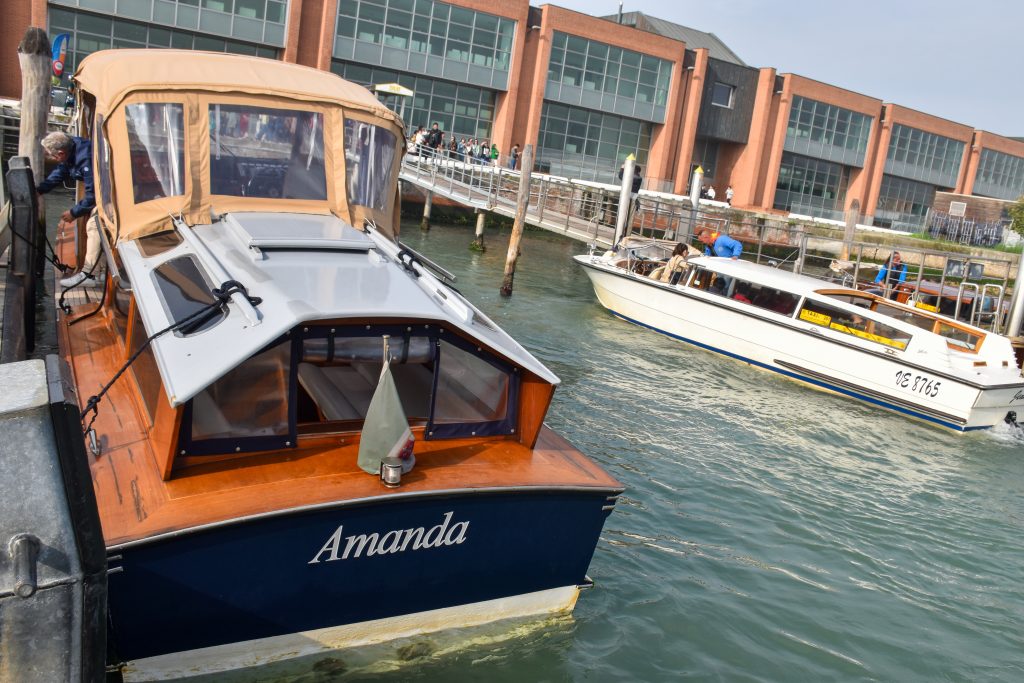
Arriving in Venice by plane
When you arrive in Venice by plane, you will land at Venice Marco Polo Airport (VCE). There is good information on the Venice Marco Polo Airport website about how the airport connects with other methods of transport (https://www.veneziaairport.it/en/) . One of the vaporetto lines runs from Venice Marco Polo Airport to Fondamente Nove (Dock A) in Cannaregio, run by Alilaguna. Note – a fondamente is a street which runs along a canal, and Fondamante Nove is one of the key vaporetto stations in Venice.
Alternatively, you can pick up a water taxi from the lower floors of Venice Marco Polo Airport – just follow the signs to Water Transport. Again, more expensive than a vaporetto in Venice, but it takes you to exactly where you need to go (within reason), helping you not to get lost in Venice when you first arrive. We booked a water taxi back to the airport from our hotel, to ensure we arrived on time for our flight, and it was 180 Euros for 5 people and all our luggage.
Arriving in Venice by train
Trains arrive at Venezia Santa Lucia station, with perhaps the best view on arrival of any train station – as you exit Venezia Santa Lucia station you find yourself looking straight out onto the glorious Grand Canal. Bellissimo! Then, having admired the view, you can pick up a vaporetto to get you closer to your accommodation if it is not in walking distance.
Tip – if you do need to walk to your accommodation from the train, a vaporetto station or Venezia Santa Lucia station, then it is advised to make sure you have small suitcases or bags because you are likely to need to negotiate cobbles, bridges, and uneven stairs on the way to your accommodation.
Final thoughts on navigating around Venice…
Venice is small – they say you can walk from one side to the other in an hour, but why would you want to? That would mean you were rushing and not enjoying the city along the way.
Take your time, explore, jump on and off the vaporetti, and even enjoy getting lost in Venice. This is not a city to be seen at speed. It should be savoured!
Thank you so much for reading my blog, I hope you found it useful?
For more stories, itineraries, and advice, check out my Related Posts and sign up to receive my blogs by email.
If you have a blog-related question, please do ask in the Comments box and I’ll try to help…
Request please – if you use my photos, then please credit Love Travel Planning on your social media or give me a shout out on Instagram @lovetravelplanning as I am growing my website. Huge thanks.
Enjoy your travels!
Subscribe to my monthly newsletter!
Stay up to date with my travel stories, advice and planning tips.

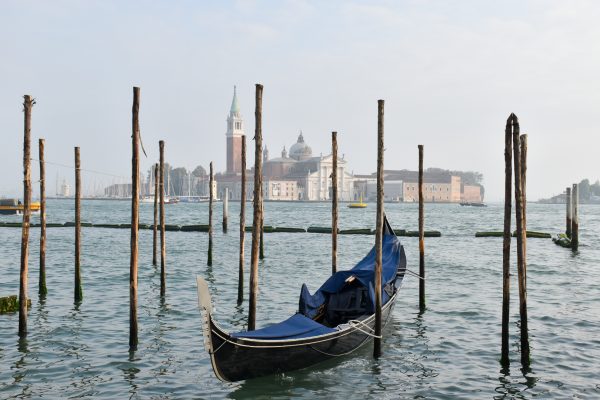
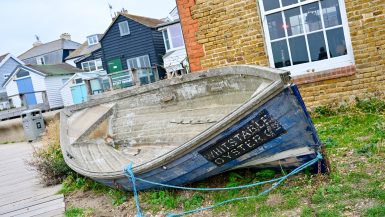
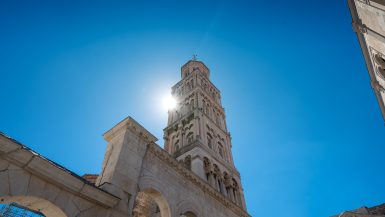
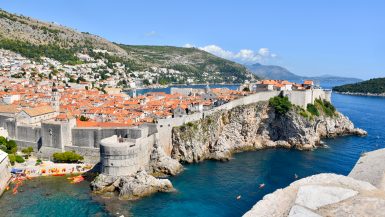
Leave a reply
You must be logged in to post a comment.